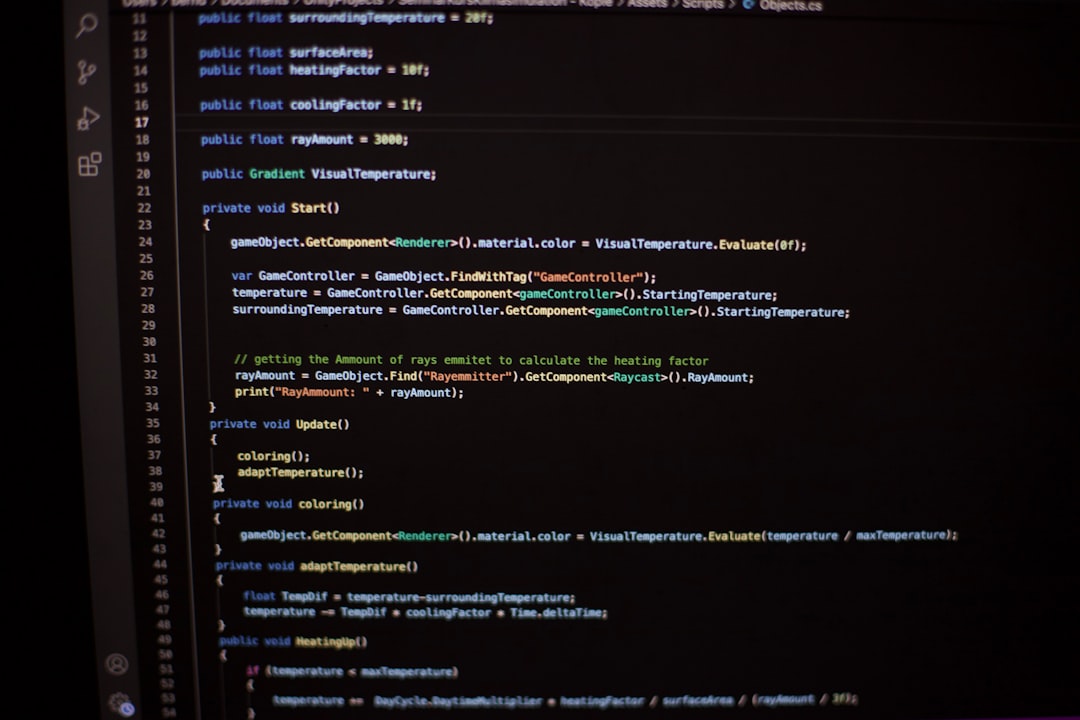Modern computing systems rely heavily on logs to provide critical insights into the inner workings of software, servers, and applications. These system logs help administrators and developers identify failures, track performance, and ensure stability. One mysterious entry that has caught the attention of many IT professionals recently is the ‘2024 0’ error. While it may appear ambiguous at first, the occurrence of this particular log entry can be an indicator of various underlying issues requiring immediate attention.
Understanding the ‘2024 0’ Log Entry
The ‘2024 0’ entry typically appears in server system logs and has confounded many due to its vague numeric format. At face value, it resembles a timestamp or process ID, but upon closer inspection, it lacks any identifiable pattern typical of standardized codes. Given that system logs are crucial for diagnostics, this kind of ambiguous message poses a challenge, particularly in automated log analysis environments.

While the error may not immediately cause a system crash or critical failure, its repeated presence should not be ignored. In most reported cases, professionals have noticed this entry just before a significant system slowdown, application stall, or unexplained service restart.
Likely Causes of the ‘2024 0’ Error
Though still under investigation in many IT circles, there are a few commonly accepted explanations for what might trigger the ‘2024 0’ log entry. These are based on patterns observed in live operational environments:
- Corrupt System Files: The error may result from corrupted binary or configuration files, causing certain system calls to return undefined statuses.
- Unrecognized Device Event: Some logs suggest this error shows up when the system tries to process unregistered device events from recently connected hardware.
- Software Compatibility Issues: With new updates to operating systems and firmware affecting older applications, this log might be a byproduct of incompatibility.
- Time-Based Triggers: Interestingly, some administrators see this error at boot or exactly at specific times, suggesting scheduler or CRON job misconfigurations.
There has also been speculation that the entry might relate to a kernel-level return code improperly displayed or parsed by the system logging utility. However, this remains to be confirmed.
How to Respond to the Error
Given the uncertain nature of the ‘2024 0’ error, handling it requires a methodical approach. Here are a few recommended actions:
- Check Log Context: Review the lines before and after each ‘2024 0’ occurrence for more descriptive log entries that may offer additional clues.
- System Health Review: Use system monitoring tools to verify CPU, memory, and disk usage at the time the error was logged.
- Update and Patch: Ensure all software components, including OS kernels and third-party utilities, are up to date to eliminate known bugs.
- Run File System Checks: Schedule checks for disk integrity and file system consistency to detect possible corruption.

In cases where the error continues to appear without any identifiable impact, professionals are advised to flag and monitor its frequency. A rise in the number of occurrences over time may indicate a worsening underlying problem.
Best Practices Moving Forward
The emergence of non-standard log entries like ‘2024 0’ underscores the importance of:
- Proactive log monitoring using tools such as ELK Stack (Elasticsearch, Logstash, Kibana) or Splunk.
- Regular audits of system services and scheduled tasks that may introduce new processes or errors silently.
- Collaboration with vendors and developer communities to identify shared patterns and possible software-specific issues.
Clear communication of logs and transparency in system behavior are essential in complex modern infrastructures. When an unfamiliar log entry like ‘2024 0’ appears, it is not just an anomaly—it might be a precursor to more substantial system issues.
Conclusion
Although the ‘2024 0’ error may not yet have a definitive explanation, acknowledging and investigating its presence in system logs is vital. IT professionals should treat it with caution, analyze its context carefully, and implement tracking mechanisms to observe its behavior over time. In the realm of system administration, no anomaly is too small to ignore.

